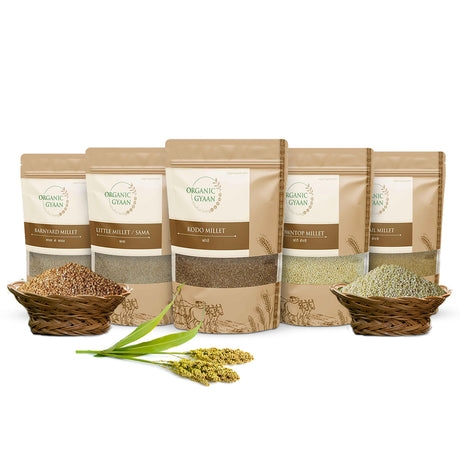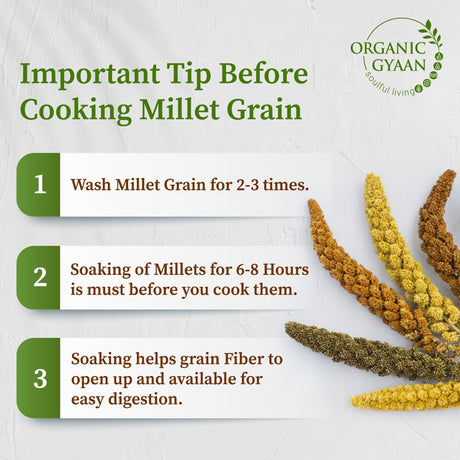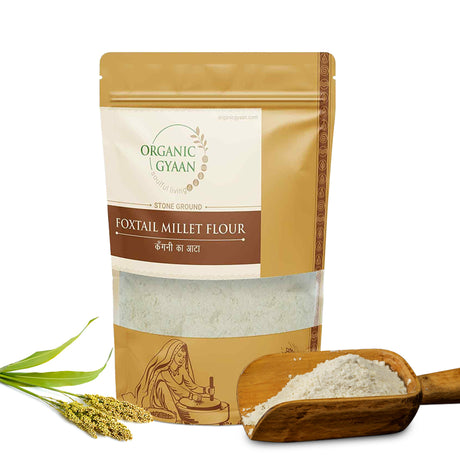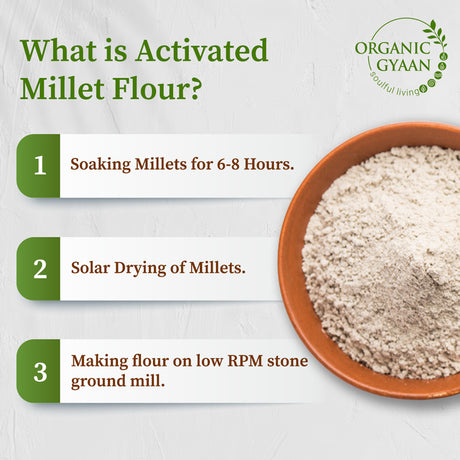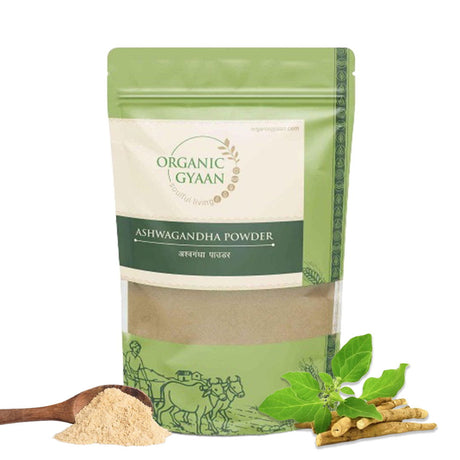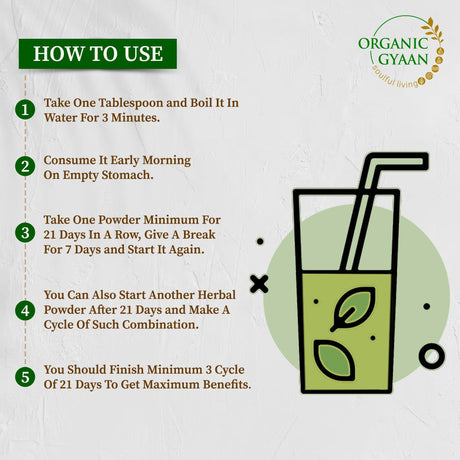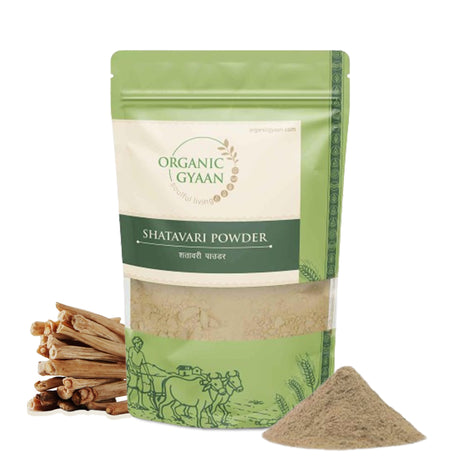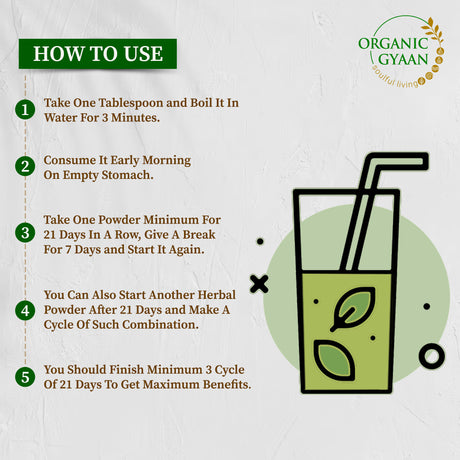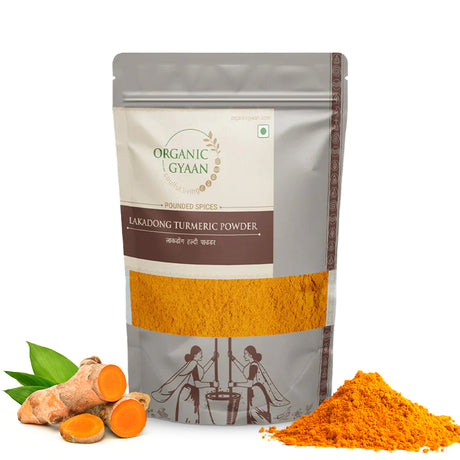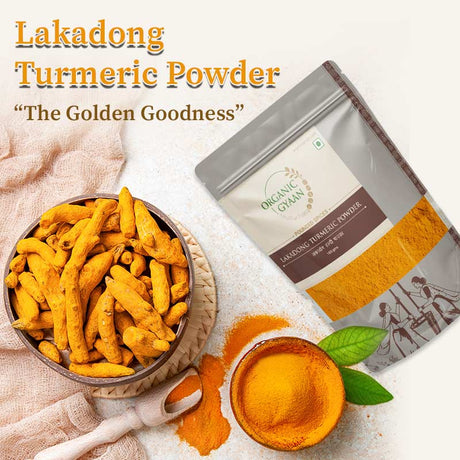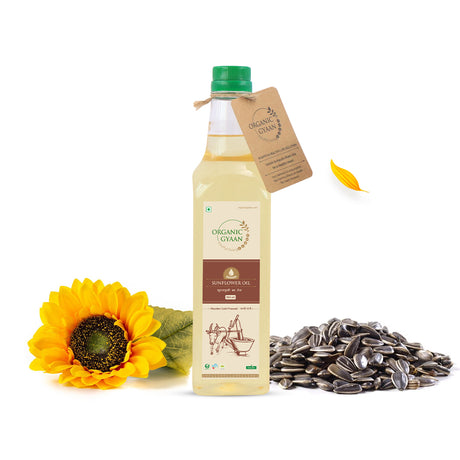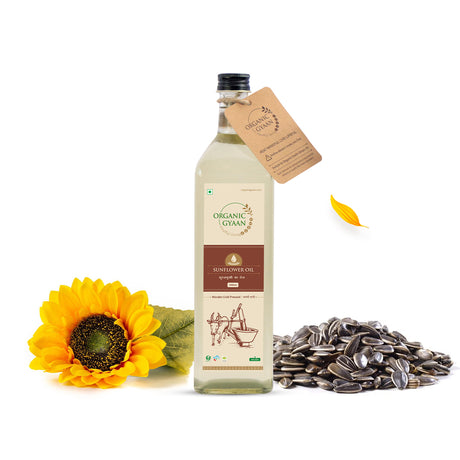“I have diabetes. Do I really have to stop eating rice?”
If you've asked yourself this question, you're not alone. Rice is one of the most loved and commonly eaten foods in India and many other parts of the world. It's warm, comforting, and pairs perfectly with dal, curries, and vegetables. But if you’ve been told to avoid it because of diabetes, you may feel confused or even a little frustrated.
So, let’s clear things up. In this blog, we’ll explore the truth behind the question: is rice good for diabetics? We'll look at what types of rice are better, how to eat them safely, and whether you can continue enjoying your favorite rice dishes without harming your health.
We’ll also look at natural alternatives like millets, and helpful ingredients like A2 Gir Cow Ghee, Ayurvedic powders, and cold-pressed oils that support blood sugar balance.
Let’s dive in.
Why Rice Is a Concern for People with Diabetes
Most of the rice we eat daily is white rice, and the problem with white rice is that it’s high in carbohydrates and low in fiber. This means it gets digested quickly, causing a sudden spike in blood sugar levels.
Here’s what happens when you eat a lot of white rice:
- Your blood sugar goes up quickly
- You feel hungry again soon after eating
- Over time, it can increase your risk of complications from diabetes
According to a study published in the British Medical Journal (BMJ), eating lots of white rice can increase the risk of type 2 diabetes-especially in Asian countries, where rice is a major part of daily meals.
Is Rice Good for Diabetics?
The short answer: It depends on the type of rice you eat, how much you eat, and what you eat it with.
Let’s look at some better options if you have diabetes. These rice varieties are more nutritious and have a lower impact on blood sugar.
1. Brown Rice – The Whole Grain Option
Brown rice is simply white rice that hasn’t been stripped of its outer layers. These layers are rich in:
- Fiber
- Vitamins
- Minerals
Because of the fiber, brown rice digests more slowly than white rice. This means your blood sugar doesn’t spike as quickly.
How to use it:
- Soak brown rice for 30–45 minutes before cooking to soften it.
- Combine it with dals (lentils), beans, or cooked vegetables.
- Use it for khichdi, pulao, or just plain rice and dal.
Why it’s better:
- It has a medium glycemic index (~68), so it raises blood sugar more slowly.
- Keeps you fuller for longer, reducing overeating.
2. Red Rice – Rich in Fiber and Iron
Red rice gets its natural reddish color from a compound called anthocyanin, which has antioxidant and anti-inflammatory properties.
This rice is commonly eaten in parts of Kerala and Karnataka and has a chewy texture and nutty flavor. It’s packed with:
- Fiber
- Iron
- Magnesium
All of these are important for managing diabetes and improving digestion.
How to use it:
- Soak well and cook just like normal rice.
- Best when paired with sambar or rasam.
- Works well in traditional South Indian meals.
Why it’s better:
- Has a lower glycemic index than white rice.
- Slows down sugar absorption.
- Supports heart health and keeps energy stable.
3. Black Rice – The Superfood Grain
Black rice, also known as “forbidden rice”, was once eaten only by royalty in ancient China. It’s now gaining popularity for being a nutritional powerhouse.
It is packed with:
- Antioxidants (more than blueberries!)
- Fiber
- Vitamin E
Black rice has a deep purple-black color when cooked and a slightly sweet, nutty flavor.
How to use it:
- Rinse and soak before cooking-it takes a bit longer to cook.
- Great for rice bowls, porridge, or even a healthy dessert.
Why it’s better:
- Has a low glycemic index, meaning it releases sugar into the blood slowly.
- Helps fight inflammation, which is often high in people with diabetes.
- Keeps you full and energized.
Rice for Diabetics – Tips to Eat It Safely
If you love rice and want to include it in your meals without hurting your health, here are some easy tips:
1. Watch Your Portions
- Stick to half a cup of cooked rice per meal.
- Fill the rest of your plate with vegetables, lentils, or salads.
2. Never Eat Rice Alone
- Combine rice with protein (dal, legumes, paneer) or healthy fats to balance your meal.
- Add a teaspoon of A2 Gir Cow Ghee-it slows sugar absorption and improves digestion.
3. Let It Cool Before Eating
- Cook your rice, let it cool, and then reheat before eating. This increases resistant starch, which doesn’t spike blood sugar as much.
4. Add Fiber-Rich Sides
- Leafy greens, boiled vegetables, sprouts, or salads help lower the glycemic impact of your meal.
What Studies Say About Rice and Diabetes
Healthline and other trusted sources suggest that:
- Whole grains like brown rice and millets are better choices
- Portion control, fiber, and pairing rice with protein helps keep blood sugar steady
- Resistant starch in cooled rice may reduce its glycemic effect
Conclusion
Yes, but only the right type and in the right way.
White rice should be limited, but brown rice, red rice, and black rice are healthier options when eaten in moderation. Even better-try millets, which are more blood-sugar-friendly and full of nutrition.
With the right choices and natural remedies, you don’t have to give up your favorite foods. You just have to be mindful of what your body needs.

